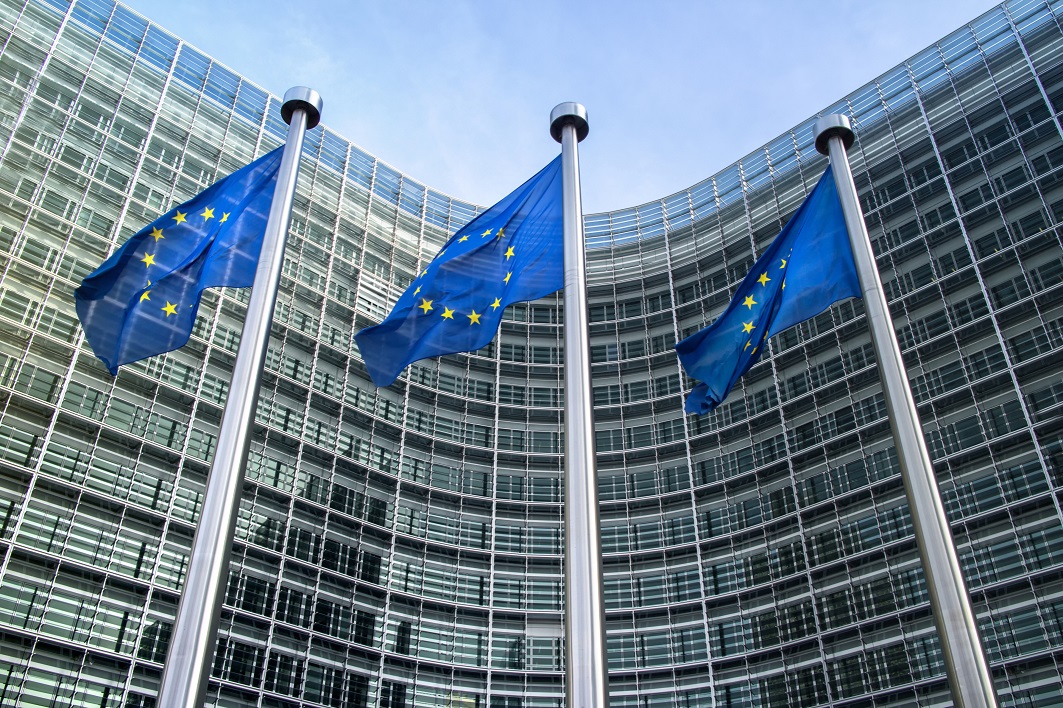Articles
EMIR Swap Requirements: Corporates Coalesce to Make Change
- By John Hintze
- Published: 11/30/2015
 Multinational corporations are preparing a letter expressing their concerns about current swap regulations and the possibility—if unlikely—that their exemption from clearing may be eliminated. The timing of the letter coincides with the European Commission’s mandated review of European Market Infrastructure Regulation (EMIR). The EC is expected to publish its findings in early 2016.
Multinational corporations are preparing a letter expressing their concerns about current swap regulations and the possibility—if unlikely—that their exemption from clearing may be eliminated. The timing of the letter coincides with the European Commission’s mandated review of European Market Infrastructure Regulation (EMIR). The EC is expected to publish its findings in early 2016.Reporting requirements
European corporates have long held concerns about EMIR’s reporting requirements. Representatives from the Coalition of Derivative End Users, which played a major role in securing a clearing exemption for corporates in the U.S., met in the first half of November with European corporates and relevant trade organizations in several countries.
The EMIR-related issues center on reporting swap transactions to one of Europe’s six trade repositories, which perform a similar function to swap data repositories (SDRs) in the U.S. Another likely letter topic will be a proposal by European Securities and Markets Authority (ESMA) to eliminate the exemption from clearing for many corporates using swaps to hedge.
On the trade-reporting front, EMIR requires corporates to report swap data directly to their banks, as well as a trade repository, unlike in the U.S. where they report the data to their swap dealer, which then reports to an SDR. In addition, company affiliates must report data from swaps with other affiliates, a requirement originally in U.S. regulation that the Commodity Futures Trading Commission (CFTC) eliminated through no-action relief.
François Masquelier, chairman of the Association des Trésoriers d’Entreprise de Luxembourg (ATEL), said that can result in the swap being reported to trade repositories by three entities; for example, the affiliate that did the original intercompany swap, the company’s treasury center with which it did the swap, and the outside counterparty with which the treasury center laid off the swap.
Although such reporting isn’t excessively burdensome once the technology is put in place to automate it, Masquelier said, it is nevertheless duplicative, and corporates and their banks may report to different trade repositories, adding additional steps to aggregate the data. He added that the European regulators’ ultimate goal is to be able to analyze the consolidated data for indications of systemic risk. So far, however, the regulators haven’t adequately conveyed how they’re using the information, nor confirmed that corporates are sending the correct data, so that treasurers can demonstrate to management, internal and external auditors, and stakeholders that the company is compliant.
“One of the risks will be fines for not being compliant, but the biggest risk could be to the company’s reputation,” Masquelier said.
More reports sent to trade repositories and banks also means a greater likelihood of discrepancies in the reconciliation process. Masquelier, who is also head of group treasury at RTL Group, noted that his team had developed a program that facilitates reconciliation data that arrives in different formats, but even minor changes to formats—a comma here, a period there—disrupted the program, and some banks have changed their formats several times as they adjust to the new rules. One solution may be to use a third-party provider of reconciliation services, such as TriOptima, but whatever way reconciliation issues are dealt with is bound to add costs.
Another reporting issue that is likely to move to the forefront as its deadline approaches in 2017 is reporting historical swap trades from the few years before the reporting requirements became effective in Feb. 2014.
ESMA proposal
Another issue that most likely will be addressed is the report ESMA submitted in August that essentially proposes another way to measure whether nonfinancial corporates (NFCs) exceed certain swap volume thresholds and therefore must clear those transactions. Now, the threshold is €3 billion for interest rate, foreign exchange and commodity derivative contracts, and €1 billion for credit and equity derivative contracts.
Derivative contracts used as hedges, however, are currently excluded from that calculation, and since most corporates use derivatives for hedging purposes that typically remain well below the thresholds, they are exempt from having to clear those transactions. ESMA proposes eliminating the exclusion for hedges.
“Removing the exemption might lead to companies discontinuing hedging, which would have greater consequences,” said Jean-Marc Servat, chairman of the European Association of Corporate Treasurers (EACT), who held significant positions at Cisco and Nokia.
Consequently, market observers believe chances are slim the proposal will gain any footing. “As the primary European regulatory authority, ESMA’s views will be given due consideration by the EC, but the EC has greater sensitivity to the needs of the broader economy and insuring that their regulations are proportional, said Luke Zubrod, director of risk and regulatory advisory at Chatham Financial.
However, ESMA suggests that nonfinancial corporates pose little system risk, which is the main reason to impose clearing. “ESMA pointed out in its reply that the swap market’s 65,000 nonfinancial counterparties represent 72 percent of all swap counterparties but only 7 percent of the number of trades and 2 percent of the notional amounts of trades,” Servat said. He added that the first question for regulators is whether nonfinancial counterparties are systemically important, “and when you look at these numbers, the answer is ‘no.’”
A longer version of this article will appear in an upcoming issue of AFP Exchange.
Copyright © 2024 Association for Financial Professionals, Inc.
All rights reserved.

